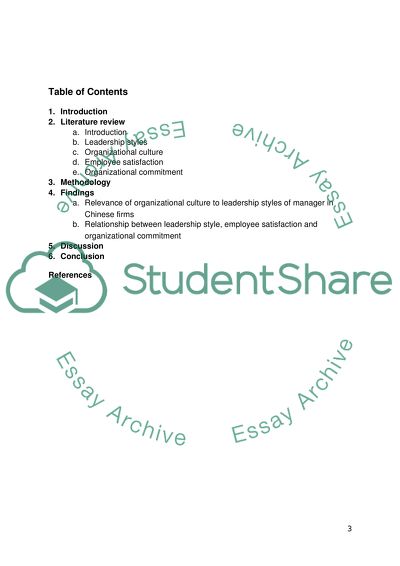Cite this document
(“What leadership styles dominate the Chinese market Essay”, n.d.)
Retrieved from https://studentshare.org/marketing/1396210-what-leadership-styles-dominate-the-chinese-market
Retrieved from https://studentshare.org/marketing/1396210-what-leadership-styles-dominate-the-chinese-market
(What Leadership Styles Dominate the Chinese Market Essay)
https://studentshare.org/marketing/1396210-what-leadership-styles-dominate-the-chinese-market.
https://studentshare.org/marketing/1396210-what-leadership-styles-dominate-the-chinese-market.
“What Leadership Styles Dominate the Chinese Market Essay”, n.d. https://studentshare.org/marketing/1396210-what-leadership-styles-dominate-the-chinese-market.


